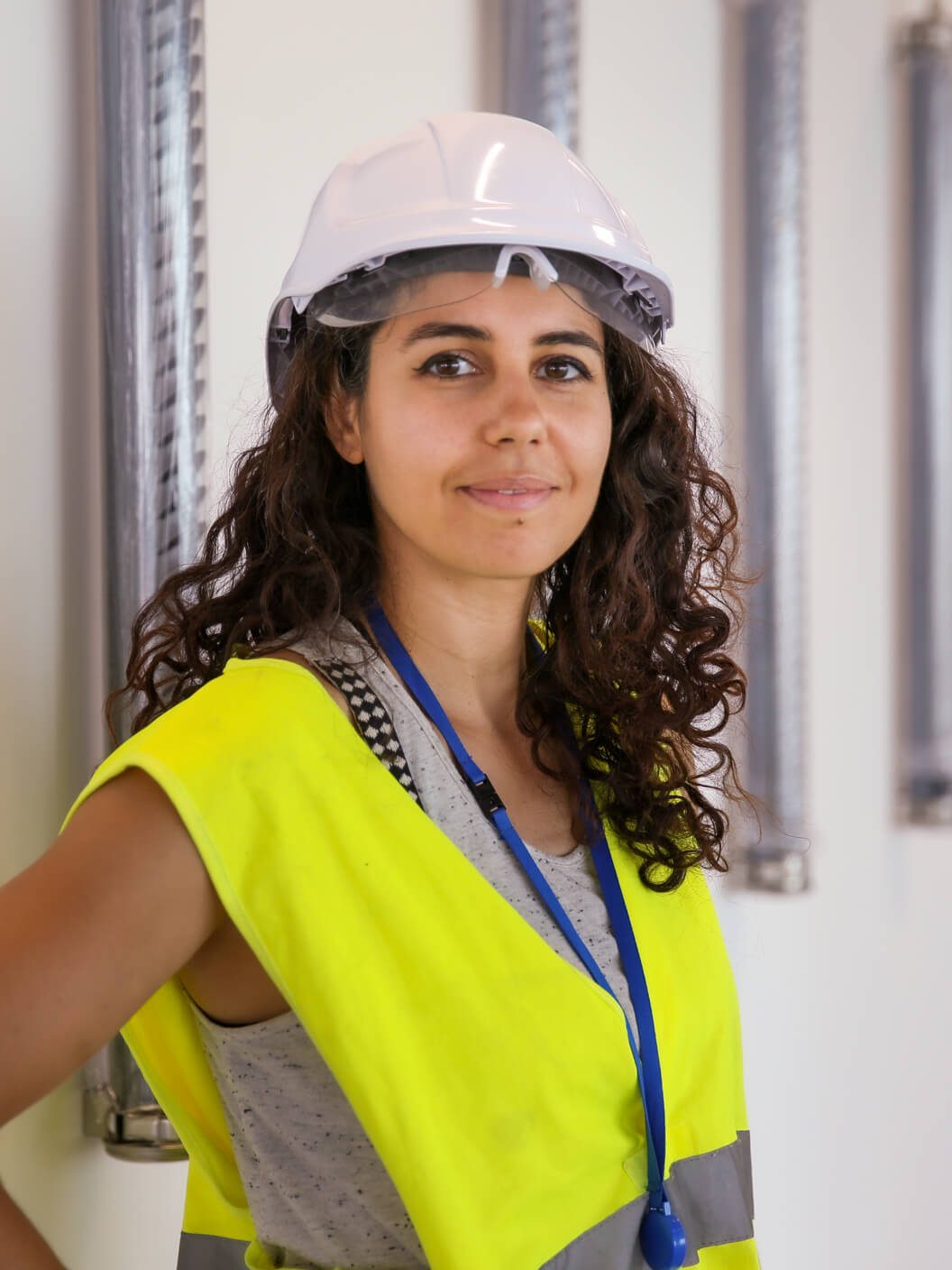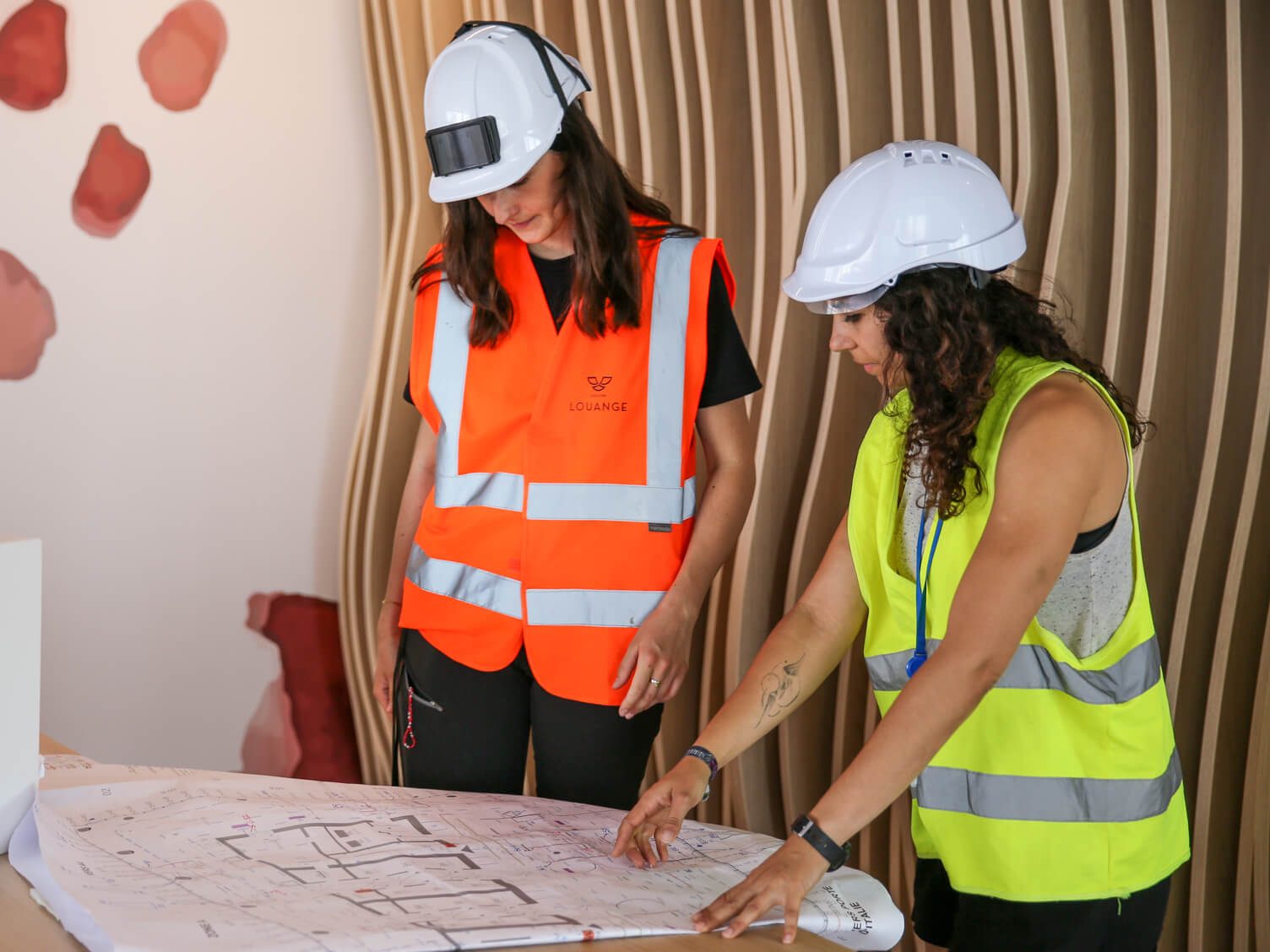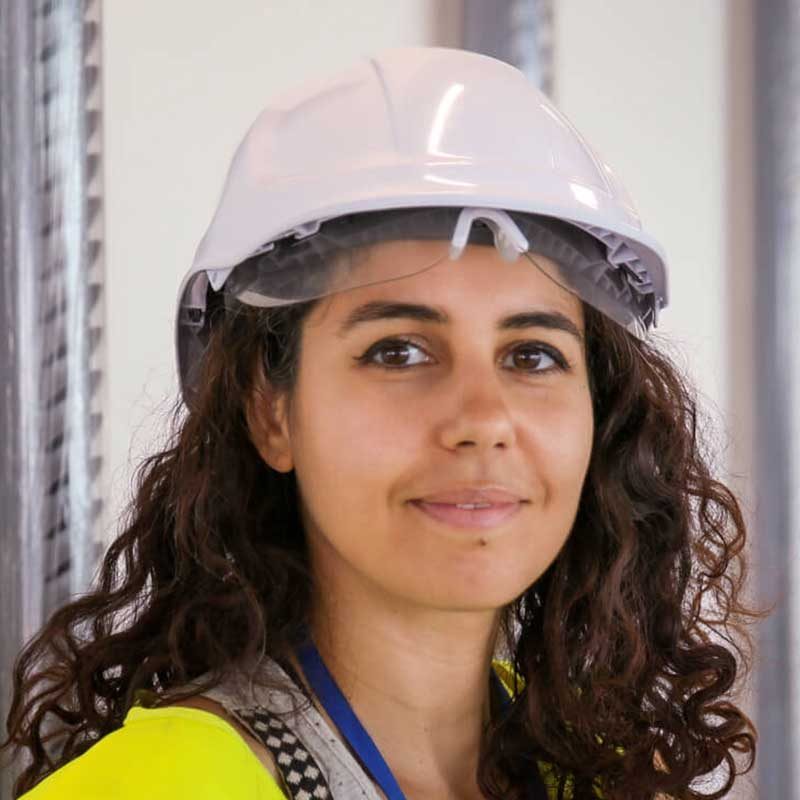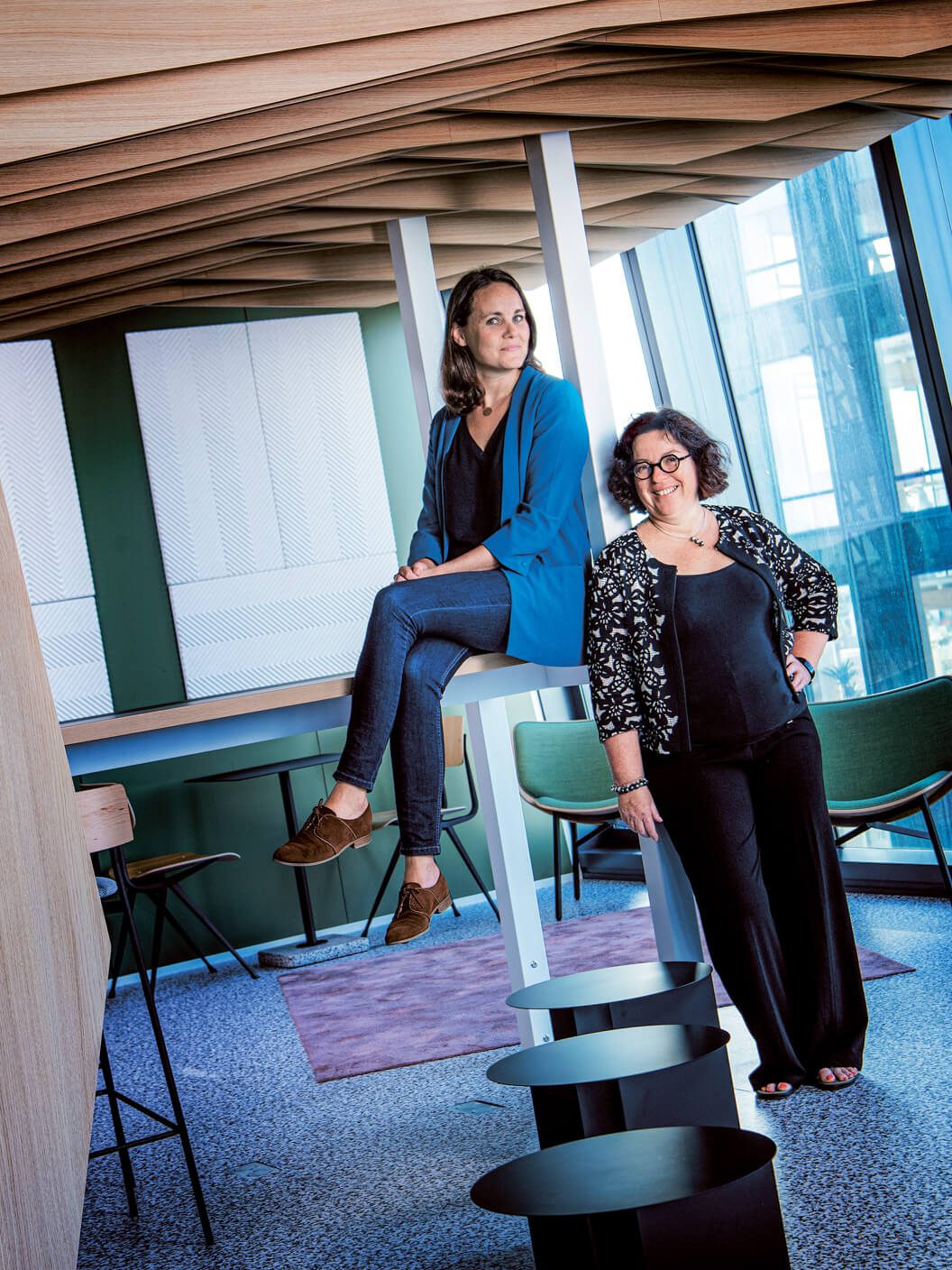
"What counts is not so much the fact of being certified but the fact of having a framework"
Interview with Cyrine Bennour, Environmental Design Architect, Artelia.
What did your work on the BPCE Towers consist in?
Artelia was involved in three different phases: the construction work, the interior design, and the running of the towers. For the construction work, we provided environmental project management assistance to the developer, Ivanhoé Cambridge and Hines, who we helped in the building’s certification process (HQE exceptional level and LEED Platinum level). Since the scope of the ‘lessor’ is not enough to obtain the certifications and the commitment of the ‘lessee’ is essential to avoid degrading the building’s performance through the inappropriate choice of interior design, Artelia drew up a set of ‘lessee’ specifications for the offices and C-suite areas. In our capacity as an environmental project management assistant, we consequently worked with Groupe BPCE in the layout phase in order to respect these specifications. We also assisted the group in the ‘OsmoZ’ labeling process, a recent and extremely demanding French CSR certification currently only obtained by about thirty companies. Lastly, for the operational part, an HQE Exploitation approach is currently being examined.
What is the OsmoZ label and what is the process for obtaining it?
The OsmoZ label is a French certification first launched in 2018 to measure the CSR approach adopted by companies to improve their employees’ working environment. The benchmark achieves this in one or several ways to be chosen between: construction and/or development and/or human resources policy. For the BPCE Towers project, we chose the development approach. The certification is based on the company’s consideration of six societal challenges: the collaborative approach, communication and social connection, healthy lifestyle, environmental health, work-life balance, and ‘features’ (chiefly tools and digital). We advanced in line with progress made by the towers project by carrying out expert appraisals and involving the many stakeholders at a very early stage, which made our task easier. We also benefited from the WELL approach adopted by Groupe BPCE in the towers, which is a particularly ambitious program compared to other players and other business sectors in France.

How is this project different from the other projects you’re currently working on?
As mentioned earlier, I have noted the fact that Groupe BPCE goes beyond the mere certification criteria. What counts is not so much the fact of being certified but the fact of having a framework for developing an approach to well-being at work. You don’t just try to create a ‘buffer’; you really set out to transform your employees’ living and working environment.

Environmental Design Architect, Artelia
